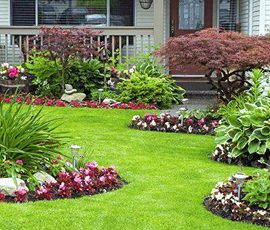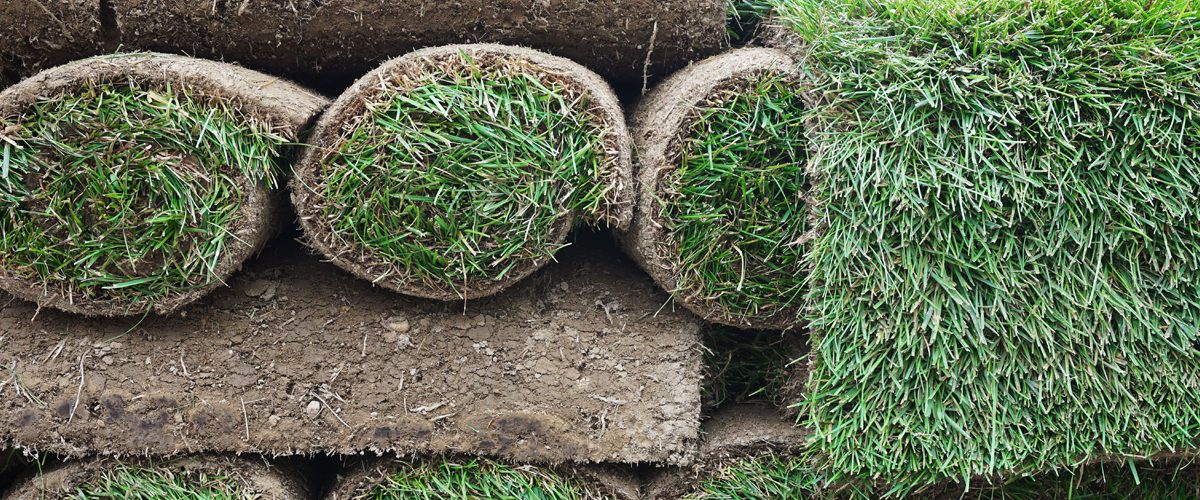
Sod is not something that typically comes to mind when discussing cultivation techniques. It’s more of a “grass-roots” topic, so to speak. However, sod can be grown successfully with the right knowledge and care. Sod offers many benefits over other types of lawns including affordability, durability, quick installation time and low maintenance requirements. This article will provide you with all the information you need to grow your own amazing backyard oasis!
What is Sod?
The term “sod” is a shortened version of the word “sward,” which means a continuous stretch or expanse of grassy ground. In other words, it’s just another word for a lawn.
Different Types Of Sod
There are many different types of sod to choose from when deciding what you want your new lawn to look like. It is important to select the right type of sod for your climate. Here are some popular types of sod:
Bahia – Bahia grass is another common type of warm-season perennial grass that can be grown successfully in most climates. It is considered a bunchgrass, meaning it spreads by sending out stolons (horizontal stems) that root along the ground and send new shoots up. It requires slightly more maintenance than Bermuda grass and of course, it is a bit more expensive to order and install.
St. Augustine – St. Augustine sod is another common type of warm-season perennial grass that can be grown successfully in most climates. It is a coarse-textured grass and requires the least amount of maintenance compared to other grasses such as Bahia and Bermuda.
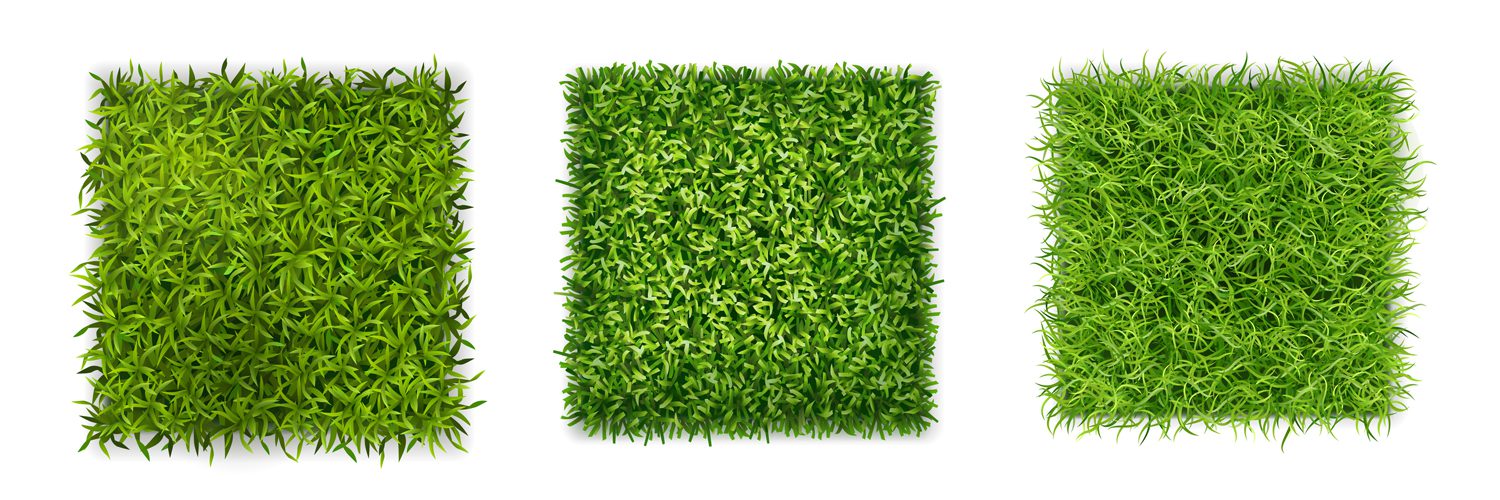
Kentucky Bluegrass – This cool-season perennial is characterized by fine leaves and deep roots. It requires more maintenance than other types of grass, however, it is well worth it for its aesthetic value and beauty.
Buffalo Grass – This warm-season perennial is characterized by low profile and drought-resistant qualities. Buffalograss works great in hotter climates where water isn’t readily available to maintain other types of sod lawn.
Steps on getting your property ready for sod:
If you want to ensure you have a healthy, beautiful lawn, preparation is key. There are a number of things that one can do to prepare for sodding, which include:
Remove grass or weeds:
The first step when prepping for sod is to remove any existing vegetation. If there is any, the sod will compete for nutrients and this could lead to a poor quality lawn. This can be done through chemical or manual removal or by simply allowing grass to go dormant during the winter period so it naturally decomposes.
Remove any debris:
If you are laying sod at a newly built home, it is important to remove any construction debris, rocks, gravel, chunks of concrete, etc. to ensure a smooth and even laying process.
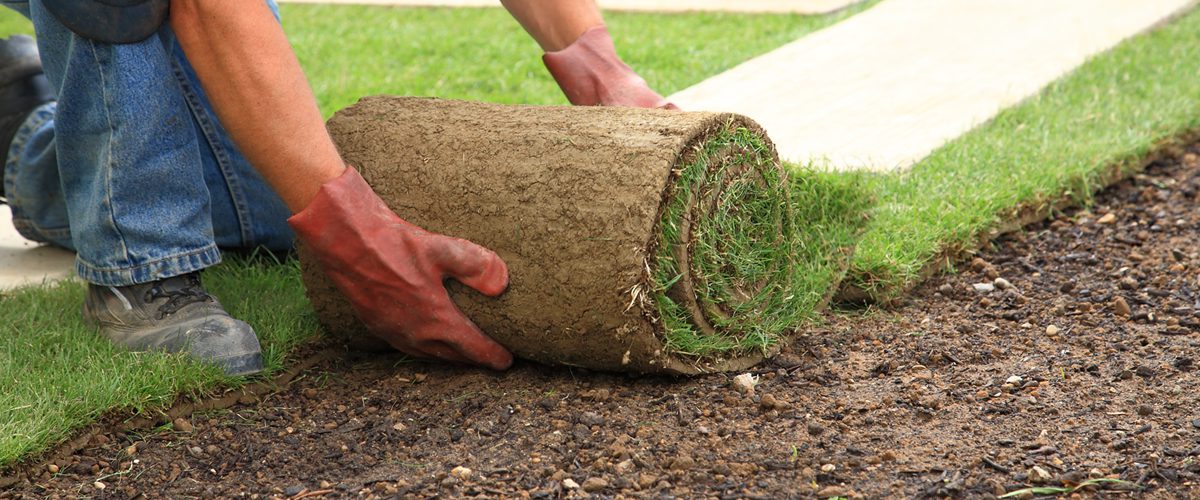
Remove any sod or vegetation that is loose:
A shovel or spade is the best tool for this job. Loose soil can cause unnecessary stress on new roots when they are trying to grow into the existing soil. It also poses risks in terms of disease and weed infestation.
Excavate:
It is a good idea to make sure that there is little to no standing water in the soil. In order for this to happen, you need to make sure that your soil is 4-6 inches below ground level as well as 2 inches from any hard objects such as rocks and stone walls. Plus, this will make the sod more appealing by giving it a clean and flat look.
Seed:
If you have any bare spots on your lawn, now is a great time to deal with that. This is also a good time to add compost or fertilizer to the soil if needed. However, it is important not to use chemical weed killers because the chemicals will not only affect the new grass but could compromise soil quality as well.
Lay Out TopSoil:
Topsoil is necessary for your lawn to survive because it contains natural nutrients, minerals, and other organic matter that grass thrives on. Plus, topsoil helps regulate moisture in the soil which reduces the amount of stress on the new sod.
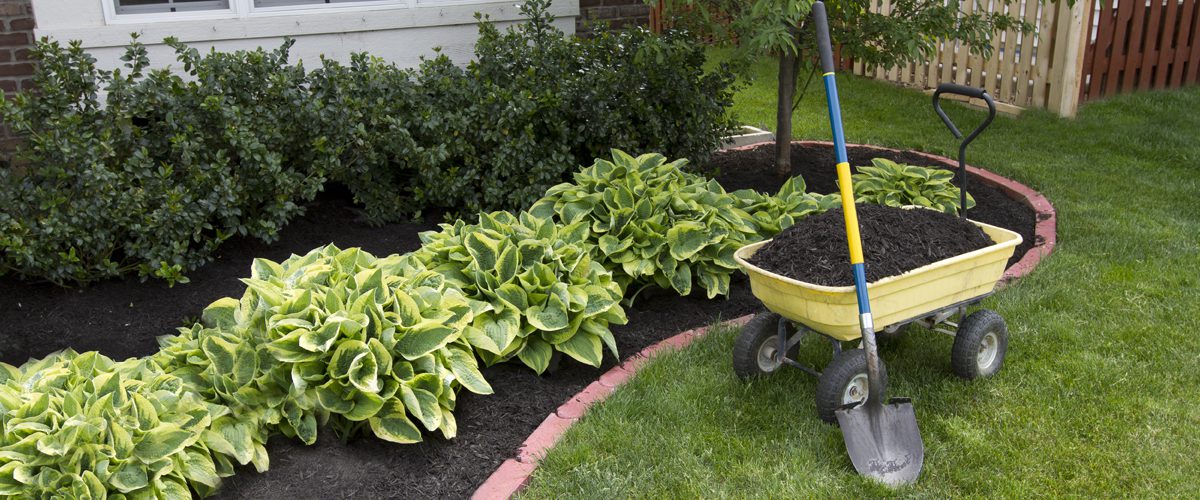
Lay Out Sod:
Once you’ve completed all of these steps above, it’s time to lay the sod. Use a spade to cut holes in your topsoil for each piece of sod so they are surrounded by dirt. This will help ensure that the new grass is properly cared for as it gets established.
Water Sod:
After laying out the sod, water it twice daily for two full weeks or until there is no sign of dryness. Make sure the water goes deep into the sod so it gets a chance to establish roots as well as sprout new shoots.
Maintain Sod:
Once your lawn has been completely laid out and all of the grass is established, you’ll want to maintain its appearance by mowing regularly, fertilizing when needed, and keeping weeds to a minimum. If you encounter any problems with your lawn, don’t hesitate to contact a professional for help and advice.
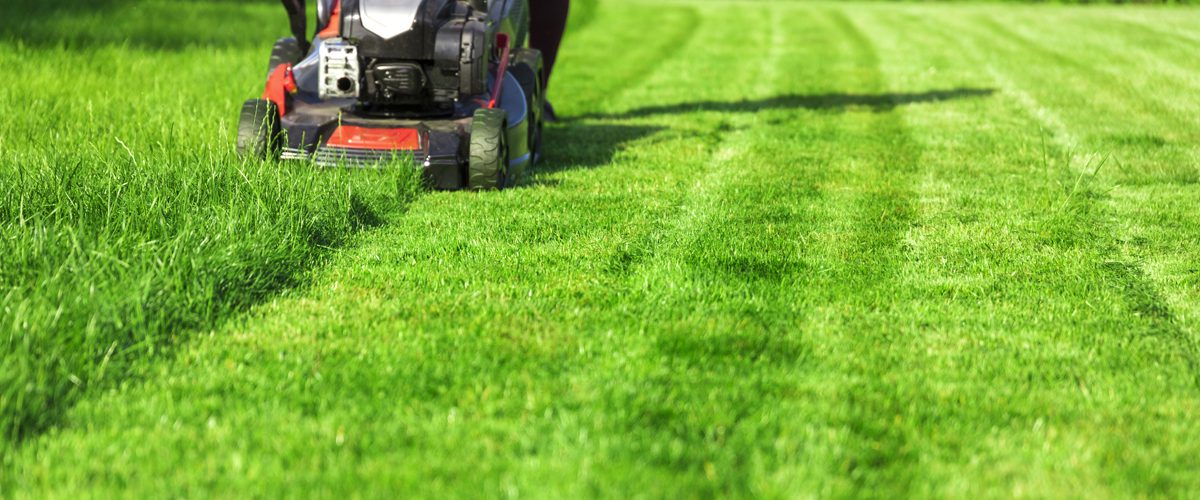
Tips To Help Sod Grow Successfully
Now that your sod is down, it is important to keep it healthy, growing, and looking great. There are a variety of things you can do to assist this process.
Water Often:
It is important that your lawn is irrigated every day for the first week or until the roots have become established. After that, watering every other day for at least an hour is suggested to ensure there’s no dryness in soil quality.
Fertilize:
After the first month, you can begin fertilizing your lawn. Apply fertilizer lightly and water it well to make sure it is distributed evenly for all of your grass.
Maintain Appearance:
Make sure that you give your sod plenty of room to grow by not walking or driving on it and avoid using high-powered lawn equipment that will compact the soil. Plus, reduce foot traffic in these areas by placing stepping stones or boards so there is no pressure on your sod.
Weed Control:
If you encounter any weeds in your yard, spray them with a safe weed control product to get rid of them. It is important not to use chemicals or weed killers because they will kill the grass as well.
Laying sod isn’t a daunting task but it’s easy to forget some of these steps. By following this guide, you’ll have no problem growing an excellent lawn that will last for years!
